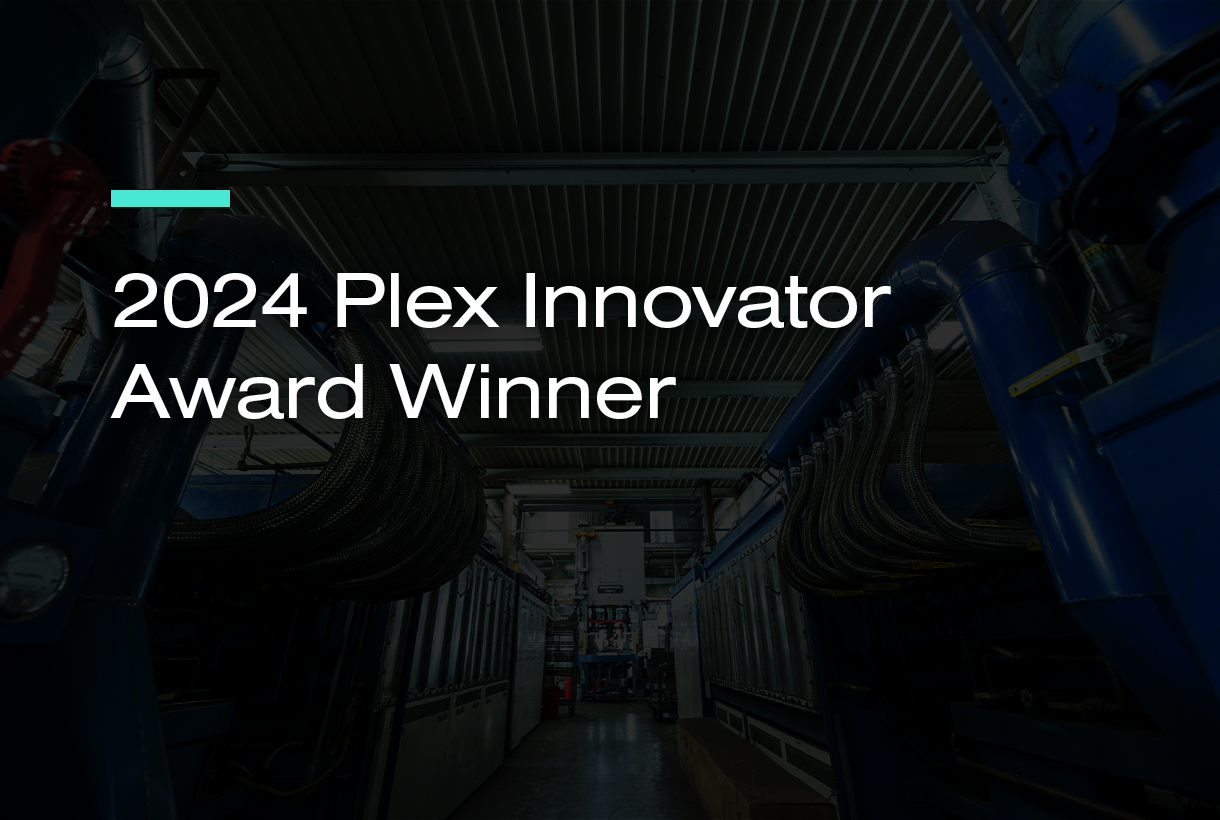

Now Available!
Get your copy of the 7th Annual State of Smart Manufacturing and hear from 300+ manufacturers in this new survey report!
Subscribe to Our Blog
For a monthly digest of expert insights, data points, and tips like the ones in this article.

If your company is looking for a new ERP system, you will likely discover the term “cloudwashing.” Our hope is that you discover it before you make a decision because you could be dealing with the limitations for a long time after.
What is cloudwashing?
Legacy ERP vendors offer some cloud capabilities or host their existing system on the cloud and get you to believe that it is a true cloud solution.
This is cloudwashing: aligning an application to the cloud in any way with the hopes of instilling credibility into buyers. But when these systems aren't built exclusively for the cloud, you may be getting a lesser system than you actually need.
True cloud ERP is a multi-tenant system developed exclusively for and in the cloud. There are no upgrades since the system is versionless and always current. You don’t need hardware—and the system will scale to your business needs, not the other way around.
How can you identify cloudwashing?
Look for these cloudwashing signs: endless server prerequisites, use of remote application software to replicate what a true cloud platform already does, and complex configuration requirements for enabling networked applications.
Some vendors use these strategies to capitalize on the confusion manufacturers may have regarding cloud applications and platforms.
How can you steer clear of cloudwashing?
Here are a more ways to determine if an ERP vendor is cloudwashing:
- Their customers are all running different, highly-customized applications.
- You are required to purchase a special cloud server or appliance to run what they say is their version of the cloud.
- Multitenancy is not part of the discussion.
- Data center audits are not well planned with programs and processes in place.
- Complex pricing structure.
- They refer to hosted applications as cloud based, saying that the applications just need to run in a browser.
- Their system takes more than just a few seconds to add users, groups, or entire divisions.
- No unified security among all applications and platforms.
- Inconsistent and/or non-existent user interfaces across different devices.
Don’t be fooled by cloud pretenders. Get our ten-point guide to make sure that you are getting a true cloud system, not a cloudwashed version of outdated on-premise software. Download: 10 Ways to Spot Cloudwashing and Why True Cloud Is Your Best Choice.

